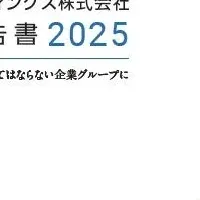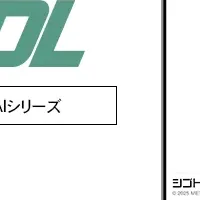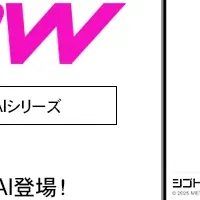
Global Chemical Software Market Expected to Surge by $561 Million Driven by AI and Data Analytics by 2029
Growth of the Global Chemical Software Market
The global chemical software sector is anticipating a significant expansion, estimated at $561 million between 2025 and 2029, according to insights from Technavio. This growth corresponds to a CAGR of 11.4% during the forecast period. The momentum is attributed primarily to the rising demand for big data analytics and the ongoing adoption of Industry 4.0 within the chemical landscape.
Drivers of Market Growth
The increasing necessity for chemical companies to harness big data analytics to enhance operational efficiency is pivotal for the sector's advancement. Companies are increasingly applying innovative technologies to improve their processes, thereby enabling more effective performance and management strategies.
Adoption of advanced technologies, including AI, is redefining traditional methodologies employed in the chemical industry. For instance, industry giants, like BASF, utilize chemical software integrated with predictive analytics to streamline asset management, optimize process management, and ensure the commissioning of virtual plants effectively. These practices not only enhance production processes but also bolster safety measures in manufacturing protocols.
The integration of automation and real-time data analytics is transforming the landscape, with significant applications in process control, inventory management, and regulatory compliance. Cloud-based solutions are also gaining traction, providing companies with flexibility and seamless access to data, thereby accelerating decision-making processes. This robust reliance on software to manage complex chemical operations reflects an expanding market eager to embrace digital transformation.
Challenges Facing the Market
Despite promising growth opportunities, the sector is concurrently navigating stringent regulations imposed on harmful chemical emissions. Regulatory bodies such as the US EPA, REACH, and OSHA have enforced rigorous rules regarding air quality and waste management. Companies in violation of these regulations, such as Oil India Limited, have faced severe consequences, highlighting the need for robust compliance solutions within chemical software.
The ever-evolving regulatory environment presents another challenge – ensuring that software can accommodate these changes seamlessly poses a considerable hurdle for vendors in the market. Additionally, integrating various software systems—like manufacturing execution systems and enterprise resource planning systems—remains essential to optimizing operational efficiency while maintaining regulatory standards.
Segmentation Analysis
The report provided by Technavio elucidates several facets of the market, including:
- - Deployment:
- Cloud-based: Favored for its scalability and accessibility.
- - Product Types:
- Inventory management
- ISO management solutions
- Others
- - Geography:
Market Outlook
The outlook for the chemical software industry remains optimistic, marked by digital modernization initiatives and a concerted shift toward smart manufacturing. Companies are increasingly expected to invest in innovative solutions that comply with legal regulations while enhancing operational productivity. Ultimately, the convergence of advanced technologies, including molecular modeling and automation, underscores the competitive landscape's evolution.
The need for compliance amid increasing scrutiny amplifies the necessity for software solutions that can effectively navigate the complexities of chemical safety while maintaining competitive edges.
For further insights into the rapidly evolving chemical software market, including detailed analyses of emerging trends and competitive dynamics, access the full report by Technavio.
Topics Business Technology)










【About Using Articles】
You can freely use the title and article content by linking to the page where the article is posted.
※ Images cannot be used.
【About Links】
Links are free to use.